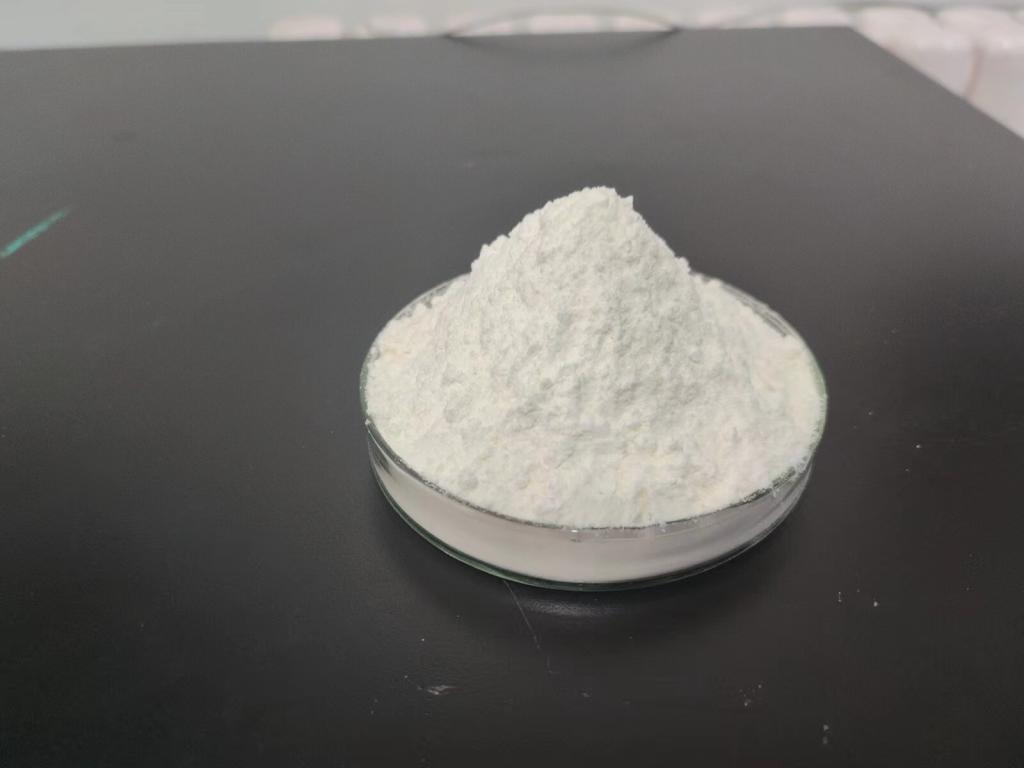Tel:+8618231198596

News
 CONTACT
CONTACT
 CONTACT
CONTACT
- Linkman:Linda Yao
- Tel: +8618231198596
- Email:linda.yao@dcpharma.cn
- Linkman:CHARLES.WANG
- Department:Overseas
- Tel: 0086 0311-85537378 0086 0311-85539701
News
Sustainable Approaches in Cosmetic Preservation: The Influence of ε-Polylysine Hydrochloride
TIME:2024-03-06
The Rise of Sustainable Practices in the Cosmetic Industry
1. Consumer Awareness
Modern consumers are increasingly mindful of the environmental and social impact of their purchasing decisions. This awareness has led to a surge in demand for sustainable and eco-friendly cosmetic products.
2. Regulatory Emphasis
Regulatory bodies worldwide are tightening restrictions on certain preservatives, pushing cosmetic manufacturers to seek alternatives that are both effective and environmentally friendly.
Preservation Challenges in Cosmetics
1. Microbial Contamination
Cosmetic products are susceptible to microbial contamination, which can compromise product safety and shelf life. Traditional preservatives may address this issue but often come with environmental concerns.
2. Chemical Stability
Preservatives in cosmetics must maintain their effectiveness and chemical stability, especially in formulations with diverse ingredients and varying pH levels.
3. Consumer Preferences
Changing consumer preferences towards "clean beauty" and ingredient transparency have prompted cosmetic manufacturers to reassess their formulations and preservative choices.
Understanding ε-Polylysine Hydrochloride
1. Natural Origin
ε-Polylysine Hydrochloride is a cationic, biodegradable polymer produced through microbial fermentation. Its natural origin aligns with the growing demand for eco-friendly cosmetic ingredients.
2. Antimicrobial Properties
The antimicrobial properties of ε-Polylysine Hydrochloride make it an effective preservative against a broad spectrum of microorganisms, including bacteria and fungi.
3. Biodegradability
One of the key advantages of ε-Polylysine Hydrochloride is its biodegradability, ensuring that it breaks down into harmless byproducts, minimizing environmental impact.
The Potential of ε-Polylysine Hydrochloride in Cosmetic Preservation
1. Microbial Control
The antimicrobial action of ε-Polylysine Hydrochloride addresses microbial contamination, safeguarding cosmetic products from degradation and ensuring consumer safety.
2. Stability in Formulations
ε-Polylysine Hydrochloride exhibits stability across a range of formulations, contributing to the chemical stability of cosmetic products and extending their shelf life.
3. Compatibility with Various Ingredients
Its compatibility with various cosmetic ingredients, including those in complex formulations, makes ε-Polylysine Hydrochloride a versatile and reliable preservative.
Case Studies and Industry Adoption
1. Successful Formulations
Cosmetic manufacturers incorporating ε-Polylysine Hydrochloride in their formulations have reported successful outcomes, showcasing its efficacy in preserving a wide array of products.
2. Positive Consumer Feedback
Products featuring ε-Polylysine Hydrochloride have received positive feedback from consumers appreciative of both the product's performance and its environmentally friendly profile.
Implementing ε-Polylysine Hydrochloride in Sustainable Cosmetic Practices
1. Collaboration with Cosmetic Scientists
Collaboration between cosmetic scientists and ε-Polylysine Hydrochloride suppliers is essential for understanding the compound's interactions, optimizing formulations, and ensuring regulatory compliance.
2. Education and Transparency
Educational initiatives aimed at consumers can enhance understanding and acceptance of ε-Polylysine Hydrochloride as a sustainable preservative. Transparent labeling communicates the commitment to eco-friendly practices.
Challenges and Considerations
1. Regulatory Compliance
Navigating regulatory requirements for cosmetic ingredients is crucial. Manufacturers must ensure that the use of ε-Polylysine Hydrochloride complies with safety standards and regulations.
2. Cost Considerations
Assessing the cost-effectiveness of incorporating ε-Polylysine Hydrochloride into cosmetic formulations is a critical consideration for manufacturers aiming to balance sustainability with economic viability.
Future Perspectives and Research Avenues
1. Innovations in Formulation Science
Ongoing research into formulations that maximize the benefits of ε-Polylysine Hydrochloride while addressing any limitations will contribute to its widespread adoption.
2. Exploring Synergies with Other Ingredients
Investigating synergies between ε-Polylysine Hydrochloride and other natural cosmetic ingredients may enhance its overall effectiveness and broaden its applications.
Conclusion
The cosmetic industry's journey towards sustainability requires reimagining every aspect of product formulation, including preservation. ε-Polylysine Hydrochloride stands at the forefront of this transformation, offering a natural and effective alternative for cosmetic preservation. Its antimicrobial properties, biodegradability, and compatibility with various formulations make it a promising choice for manufacturers committed to eco-friendly practices. As the cosmetic landscape continues to evolve in response to consumer preferences and regulatory changes, ε-Polylysine Hydrochloride represents not just a preservative but a sustainable solution contributing to the industry's harmonious coexistence with the environment.
- Tel:+8618231198596
- Whatsapp:18231198596
- Chat With Skype







